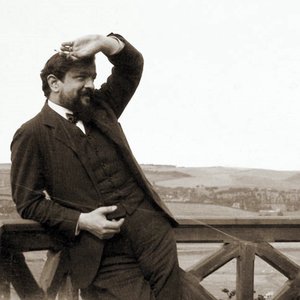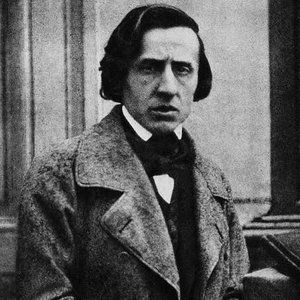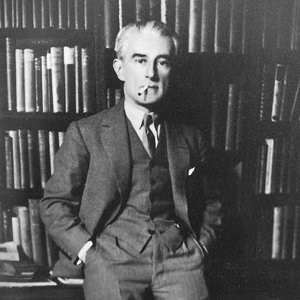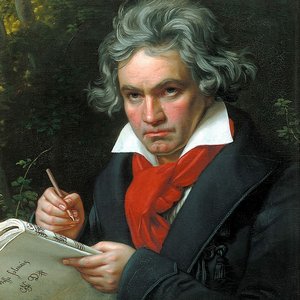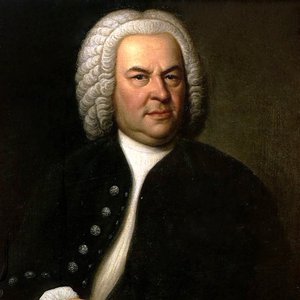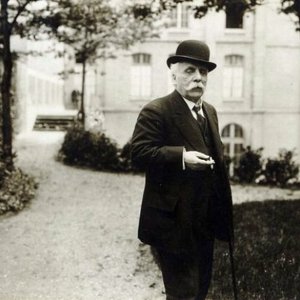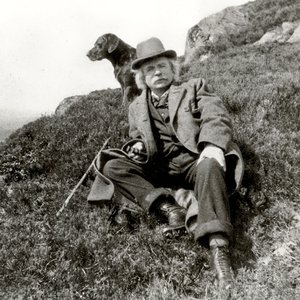Biography
-
Born
17 May 1866
-
Born In
Honfleur, Calvados, Normandie, France
-
Died
1 July 1925 (aged 59)
Eric Alfred Leslie Satie (17 May 1866 – 1 July 1925), known as Erik Satie, was a French composer and pianist. Born in Honfleur to a French father and a British mother, he studied at the Paris Conservatoire but did not complete his diploma. In the 1880s, he worked as a pianist in café-cabarets in Montmartre, Paris, and began composing works primarily for solo piano, including "Gymnopédies" and "Gnossiennes". He also wrote music for a Rosicrucian group with which he was briefly affiliated.
After a period of limited compositional output, Satie enrolled at the Schola Cantorum in Paris as a mature student, where he found greater academic success than he had at the Conservatoire. Around 1910, he became an influential figure among younger composers drawn to his distinctive approach to music. He was associated with the group Les Six and collaborated with Jean Cocteau on the ballet "Parade" (1917), produced by Serge Diaghilev, with sets and costumes by Pablo Picasso and choreography by Léonide Massine.
Satie's work contributed to a shift in French music away from post-Wagnerian and impressionist styles toward a more concise and restrained aesthetic. Composers such as Maurice Ravel, Claude Debussy, and Francis Poulenc acknowledged his influence, and later musicians including John Cage and John Adams have also cited him as an inspiration. His compositions often feature unresolved harmonies and unorthodox structures, such as the omission of bar-lines in pieces like the "Gnossiennes". His melodies are typically straightforward and sometimes reflect his interest in early sacred music. Some later works were given unconventional titles, including "Veritables Preludes flasques (pour un chien)" (1912), "Croquis et agaceries d'un gros bonhomme en bois" (1913), and "Sonatine bureaucratique" (1917). Although most of his compositions are short and written for solo piano, he also produced larger works such as the vocal piece "Socrate" (1919) and the ballets "Mercure" and "Relâche" (1924).
Satie remained unmarried and lived in modest accommodation for most of his adult life, initially in Montmartre and later in Arcueil, a suburb of Paris. He was known for adopting various distinctive personal styles over time, including religious attire and matching velvet suits, and is often associated with a final persona characterised by conservative bourgeois dress. Satie was a heavy drinker throughout his life and died of liver cirrhosis at the age of 59.
Artist descriptions on Last.fm are editable by everyone. Feel free to contribute!
All user-contributed text on this page is available under the Creative Commons Attribution-ShareAlike License; additional terms may apply.
